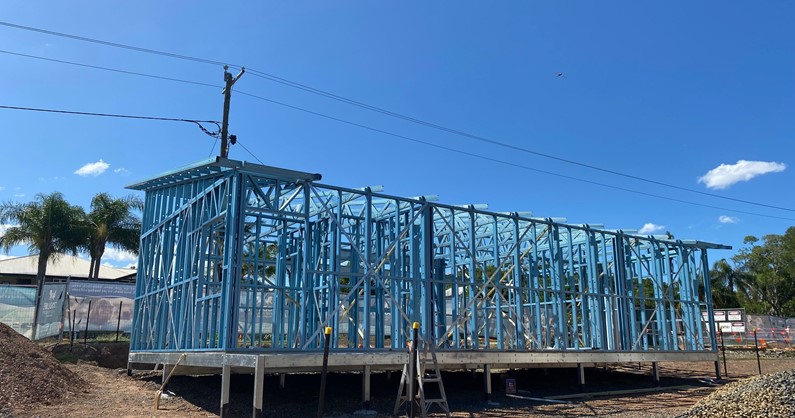WHEN WERE STEEL FRAMING SYSTEMS INTRODUCED?

From post-war homes to the stylish modern masterpieces of today, steel framing has proved its strength, versatility and durability time and again over the last 50 years – and it continues to evolve and adapt to be at the cutting edge of building technology and materials today.
Over the past centuries and decades, the quality of steel framing systems has improved and they have become more readily available. Therefore, many builders and their companies will use quality steel roof trusses and frames.
The first steel in building structures was during the 18th century. During the 18th century, most of the demand for steel production was for wrought and cast iron. This was because the other steel that was produced was inconsistent until 1880. However, steel framing systems changed in the late 19th century. In the 1980’s steel frames were introduced as being part of the foundation for constructing building and infrastructures.
After World War II, shortages of building materials such as timber led to the development of a steel wall framing system called ‘Econosteel’. Econosteel was essentially uncoated sections of steel that were dipped in bituminous paint. It was used in the construction of 300 houses in the ACT. Unfortunately, despite its name, Econosteel was six times more expensive to use than timber in constructing a house.
The 1960s saw the first real boom in steel frame housing construction in Australia. In 1968 that the first ‘new era’ of steel frame houses was built. At this time the construction of steel frame homes commenced using 1.2m thick galvanised steel in Thornleigh, Sydney. This development continued in steel home construction for more than 20 years.
In the 1980s, availability of hi-tensile zinc-aluminium alloy coated steel was a driver of new framing systems development. This steel was not only lightweight and strong, but it also exhibited excellent corrosion-resistant performance. Steel enabled the freedom of design that 1980s designers craved with their open plan living and desire for greater economic benefit from their investment.
Computer technology advancements have made steel cutting, prefabrication, and frame detailing a reality that makes steel one of the most versatile and cost-effective building materials. The steel we use at Dynamic Steel Frame (TRUECORE® steel) is also extremely light, strong and durable, and comes with a 50-year warranty* from BlueScope Steel. These are just a few of the many reasons why steel frames represent the future of house framing.
Would you like to know how a pre-fabricated light gauge steel framing system could benefit your next project? Our team has designed and fabricated framing systems for projects of all sizes and complexities. Get in touch with our team today by calling (07) 4153 6588

